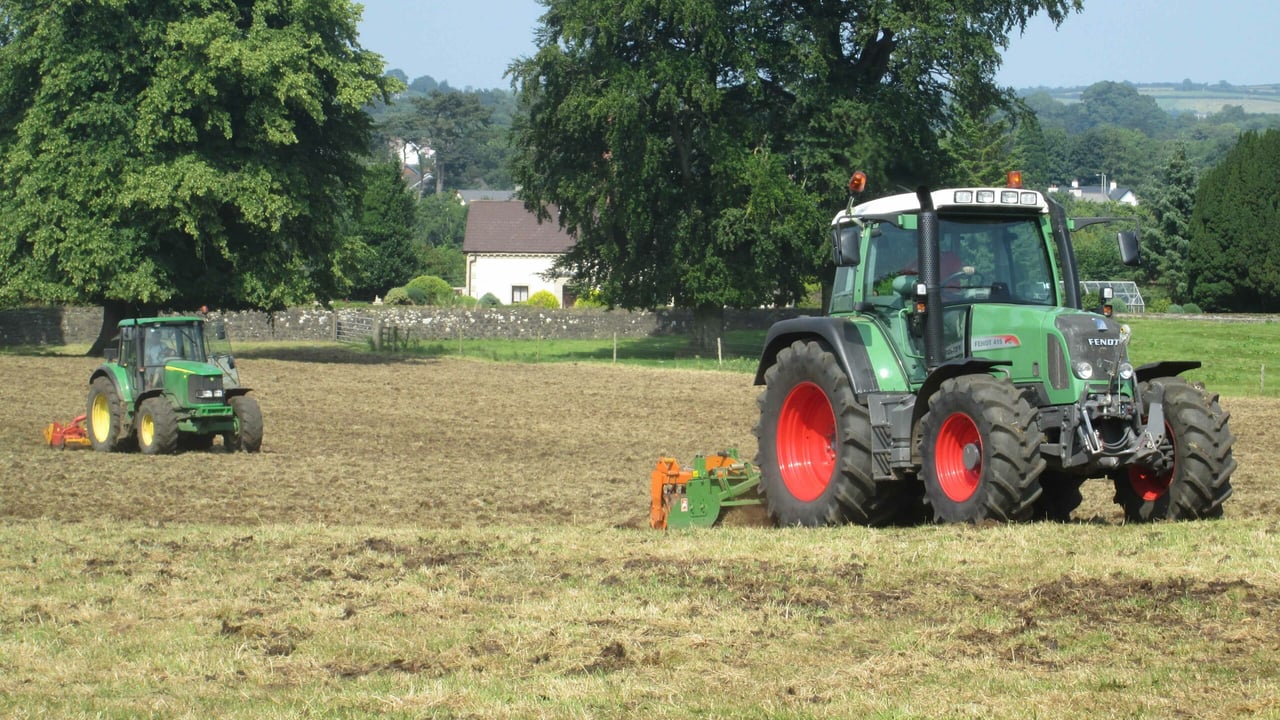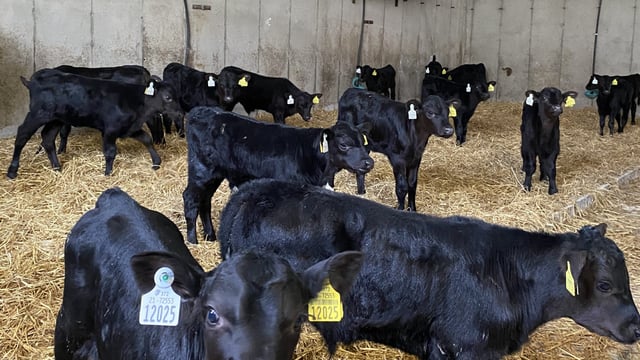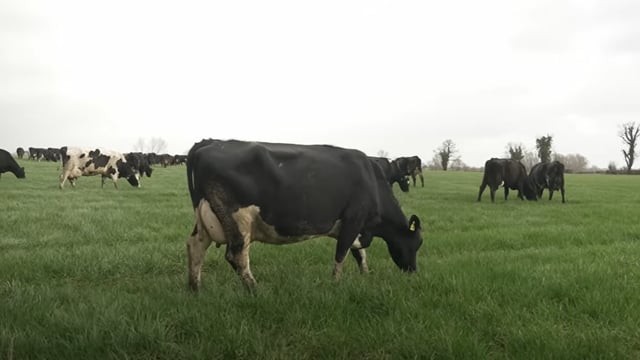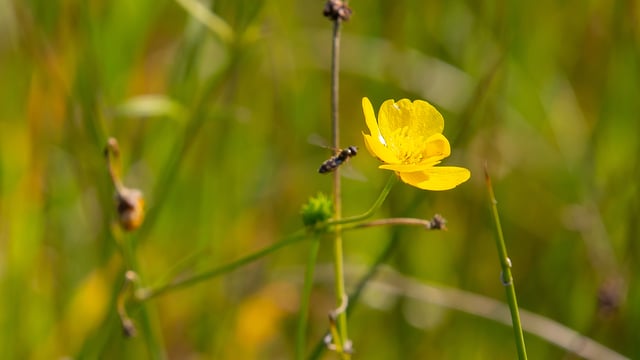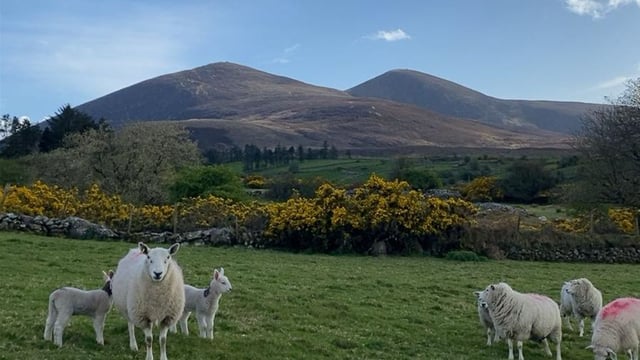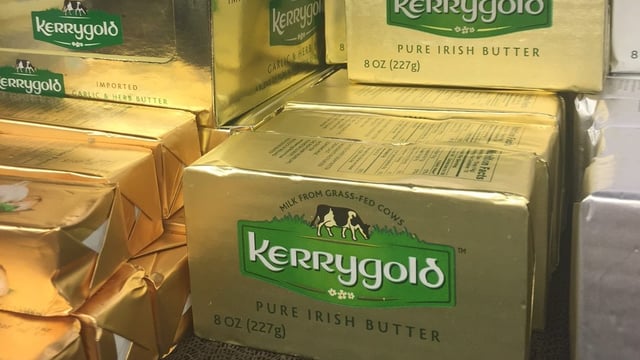Reseeding: Clover establishment - pros and cons of each technique
While the weather has been poor over the past few days, with plenty of rainfall across the country, reseeding paddocks this spring is very much still on the cards.
At a recent Teagasc reseeding event on Liam Delaney's farm in Co. Laois, the pros and cons of each reseeding method was highlighted along with the importance of clover inclusion in your grazing seed mix.
A lot of the time, when it comes to reseeding, the method is largely down to the machine and contractors available to the farmer along with the moisture and condition of the soil.
No matter which method is adopted on the farm, it is important to take all the relevant steps for a quality establishment, to encourage soil seed contact while minimising weeds in the sward.
It was also highlighted at the Teagasc event that white clover should be sowed at a rate of 2kg/ac along with grass varieties from the pasture profit index (PPI) that are four or five star, as this will help for grazing utilisation and white clover persistence.
Reseeding protocol
Ploughing still remains one of the most common methods of reseeding - it provides a firm and level seed bed and is commonly used in a bumpy or uneven field to rectify it, though it is a difficult method in stony conditions.
Where soil compaction is an issue, ploughing can rectify the problem as it can break the soil pan and bury the thrash into the soil.
Ploughing allows for great soil seed contact, and weed control can be a lot easier to manage as all the thrash is buried and the fresh sod is turned to the surface.
The problem however, is that the fresh sod turned to the top can cause a soil fertility change as the less fertile soil can be brought to the surface.
If there is no phosphorus (P) allowance on the farm, ploughing might not be the best option, as a lot of the nutrients will be released when the soil is turned.
With direct drilling, the soil fertility will be maintained. This method will need slightly damp conditions as well as a very good kill at spray off time before cultivation, and grazed or harvested tightly before the drill hits the ground.
Lime and slug pellets will be essential for this method, as slug attack risk is higher with slit - meaning a higher seeding rate may be required.
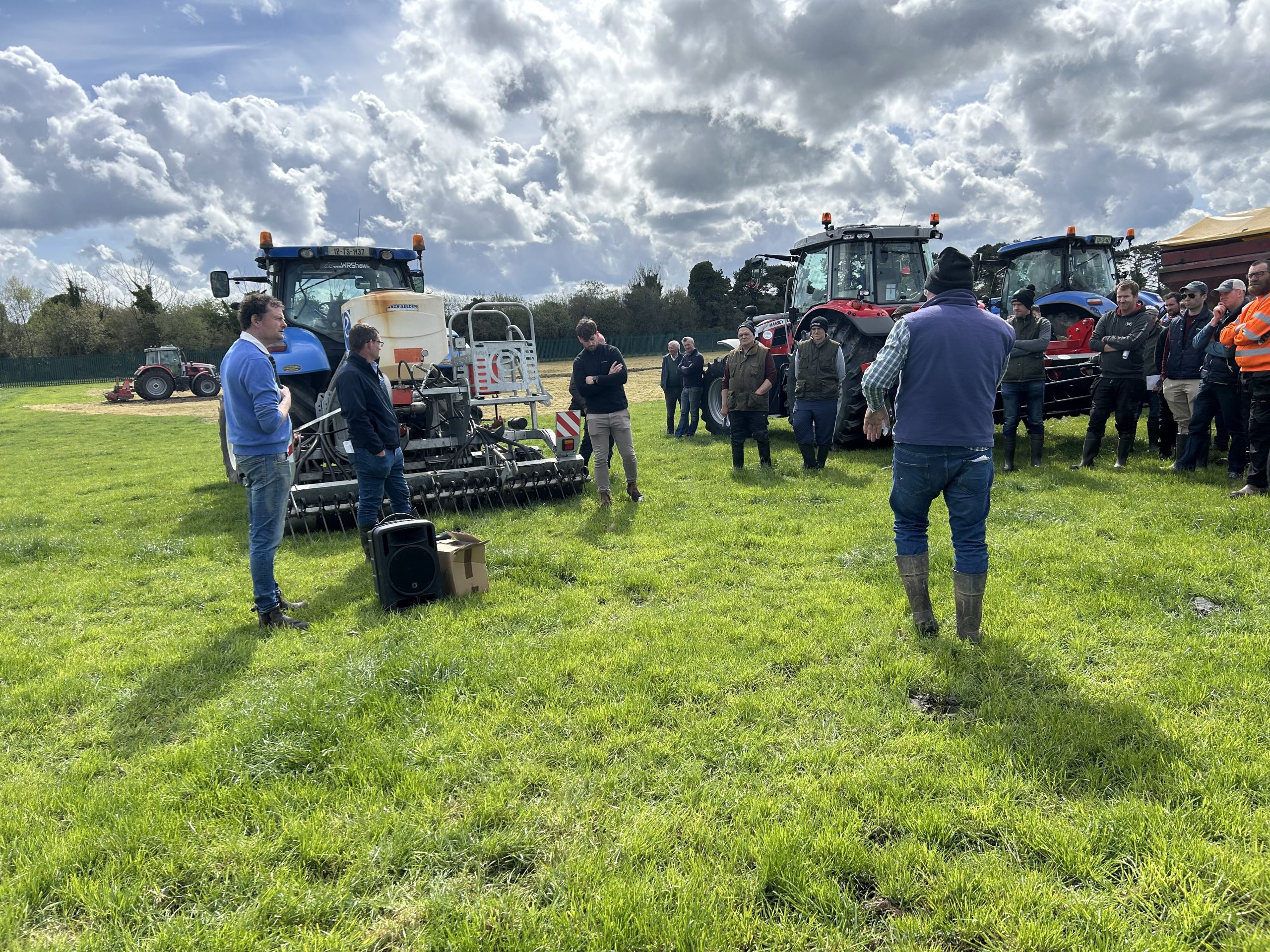
The biggest fear with this method is sowing with a thrashy seed bed, which can hinder soil seed contact and allow weeds to persist.
A power harrow with seeder can be used in combination with ploughing or discing, and is often actually a cheaper method than ploughing. It is ideal in stony or shallow soils where you are trying to avoid bringing stones to the surface.
Through this method, there is often a roller on the back of the seeder or one-pass but rolling will still need to be done regardless.
Soil fertility will be maintained, but again, if the the field that was sprayed off with glyphosate was not sprayed off for long enough or not harvested tightly prior to cultivation, weed control can prove difficult.
Often farmers opt to disc prior to using a one-pass or seeder, which can be a slower method to power harrowing as it may require going over the field at different angles twice or three times.
Head of the Teagasc Grass10 programme, John Maher said: "When you are spending up to €500/ac on reseeding, you don't want it full of weeds" as he encouraged farmers to leave the sprayed off paddocks for as long as possible before cultivating.
Clover establishment
Many farms have started to establish clover in paddocks on their farms and should continue to do so this year despite the poor results of the legume last year. Farmers must remember that grass growth was well back last year as well.
Now is a good time - if you have not already done so - to identify paddocks that may be suitable for establishing clover.
The most suitable paddocks will be the ones that have a low weed burden and a high level of soil fertility. The legume requires soil indexes of three for P and K and it also requires a soil pH of 6.5.
These paddocks will need to be managed differently to all the other paddocks on the farm, and will need to be grazed at the correct times and grazed at lower covers to start with to allow light to reach the plant.
Having too many paddocks like this will make it difficult – if not impossible - to manage. You should aim to have it planted in roughly 15-20% of the farm.
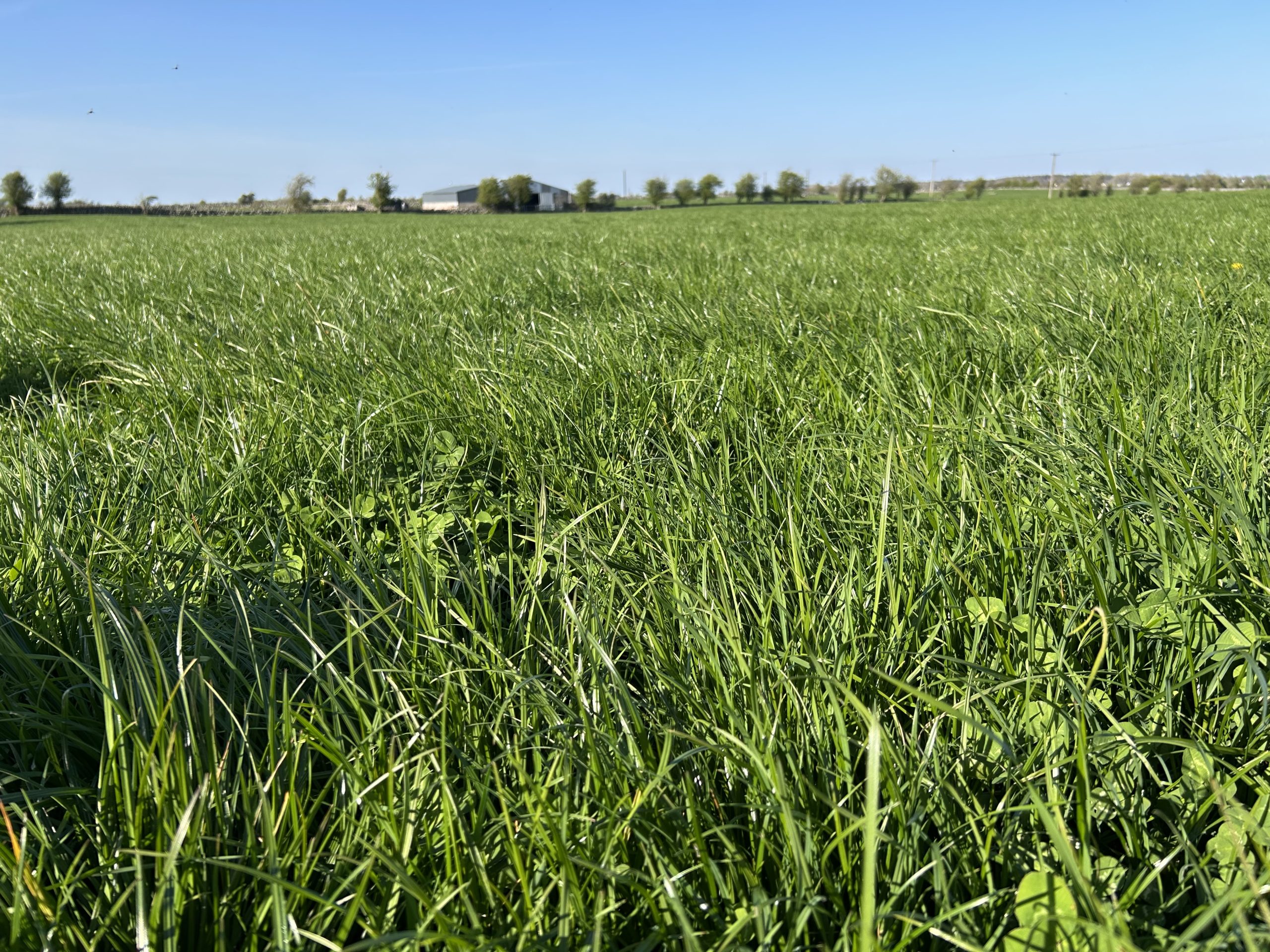
Weather depending, next month is the ideal time to sow clover, as typically there is a combination of good sunlight and moisture available during May.
Waiting until June or July is not advisable, as it can often be too dry and the seed won’t be able to penetrate down into the hard soil.
Farmers attending the Teagasc event were encouraged to avail of the PPI, using varieties with a grazing utilisation stars of four or five star, a pasture quality of over €20, a spring/autumn yield of over €30, and a clover inclusion of 1.5-2kg/ac.
There should be a high inclusion rate of tetraploids in the mix of over 60%, even on heavy soil farms, as infrastructure is more important than a high percentage of diploids.
When picking a white clover leaf for your grazing mix, a medium/large clover leaf, such as Chieftain, Buddy, Coolfin, and Clodagh, is ideal to get a balance of productivity and persistence.

